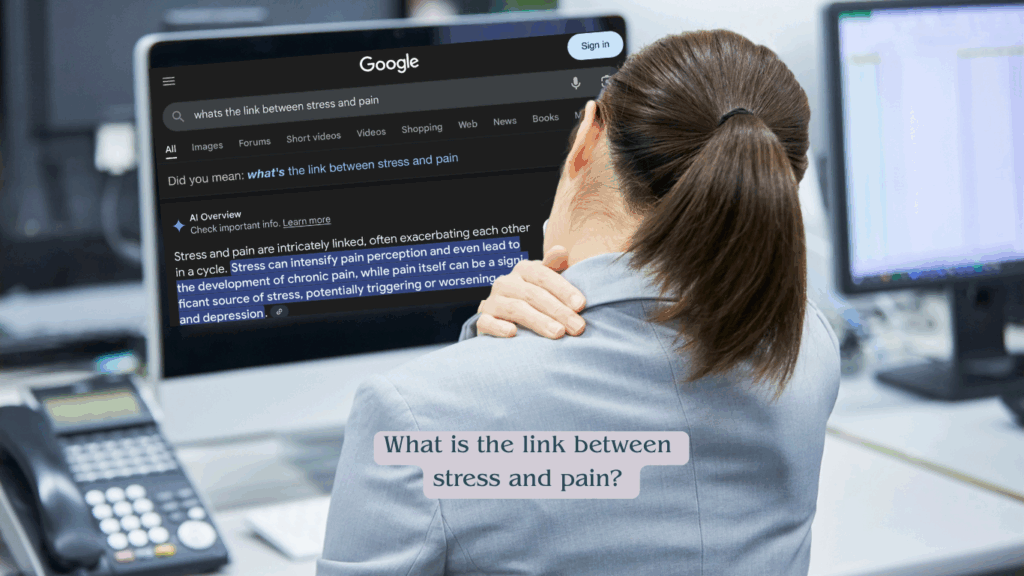Back to Wellness Hub

How your nervous system (and gut) might be fuelling your persistent pain!
Learn how the nervous system can ramp up pain but also how it can dampen down pain.
Articles
And what you can do to calm it down
Back pain can feel like a mystery.
One moment you’re fine, the next you’re doubled over—or living with a dull, persistent ache that just won’t go away.
You’ve tried physio, stretches, medication and maybe even scans, but the pain keeps coming. What if the pain isn’t just coming from your spine or muscles?
What if the real issue is that your nervous system is trying to tell you something?
Why the Nervous System Matters in Pain
Your nervous system is like your body’s alarm system. Its job is to detect threat and keep you safe.
When you get injured, the system sends pain signals to protect you from doing more damage. That’s helpful—until the alarm gets stuck on high alert, even after the body has healed.
This is called central sensitisation—when your nervous system becomes overly sensitive, and pain starts to show up even without obvious physical causes.
Tissue tends to heal within 3 months so if you have experienced pain for longer than this, chances are you are experiencing neuroplastic pain and the nervous system is playing a role.
How Stress and Emotions Impact Pain
The nervous system responds to all types of stress, not just physical ones:
- Emotional stress from parenting, work, or relationships
- The invisible mental load many mums carry daily
- Grief, past trauma, or feelings of being unsupported
- Anxiety about movement or fear of making pain worse
- Emotions (these might be subconscious)
- Carrying others emotions especially as a mother. Never putting yourself first.
These emotional stressors can make your nervous system feel unsafe—and that tension shows up in your body.
You might notice:
- Muscles tightening when you’re anxious
- Pain worsening on days when you feel overwhelmed
- Sleep disturbances or fatigue that make pain harder to manage
Pain isn’t just in your back—it’s in your whole system.
But What Does the Gut Have to Do With It?
This might surprise you, but your gut and brain are constantly in communication via the gut-brain axis.
When your gut is inflamed, imbalanced, or under stress (from diet, antibiotics, pain medications or long-term stress), your brain receives danger signals—increasing anxiety, brain fog, and pain sensitivity.
Chronic inflammation in the gut is often driven by:
- Processed foods
- Unstable blood sugar
- Stress
- Poor sleep
These can worsen your pain without you even realising it.
So What Can You Do About It?
The beautiful thing is: if your system can be wound up, it can be gently unwound.
This is the foundation of the BEAT Pain Approach—the method I use and teach to help people recover from persistent pain.
B – Brain: Calm your nervous system with education, and nervous system regulation
E – Energy (and Eating): Nourish your body, reduce inflammation, and support the gut-brain axis. Optimise sleep for optimal healing
A – Activity: Move in safe, supported ways whilst remaining within your tolerance zone and avoiding flare ups
T – Therapy: Use hands-on or somatic work to restore body-mind connection
You don’t have to push through or wait it out.
You can learn to listen to your body, create safety within, and ease your pain from the inside out.
Book a FREE consultation












